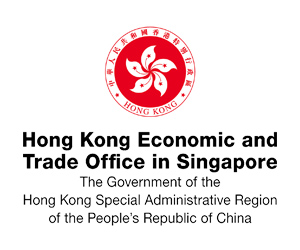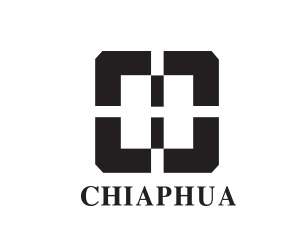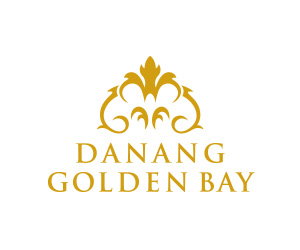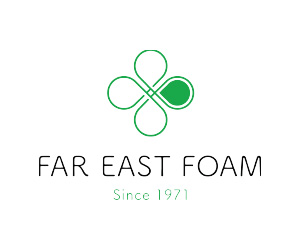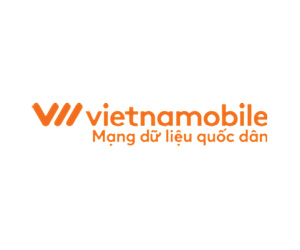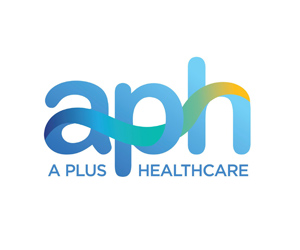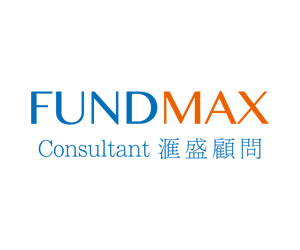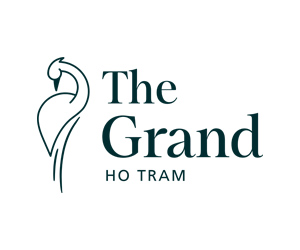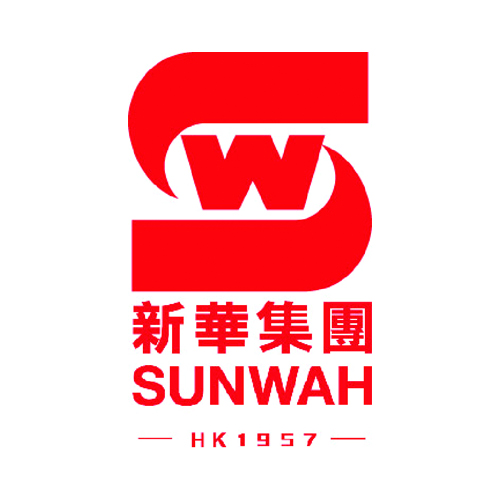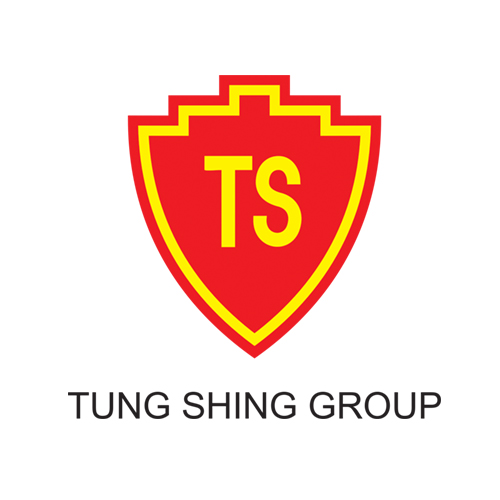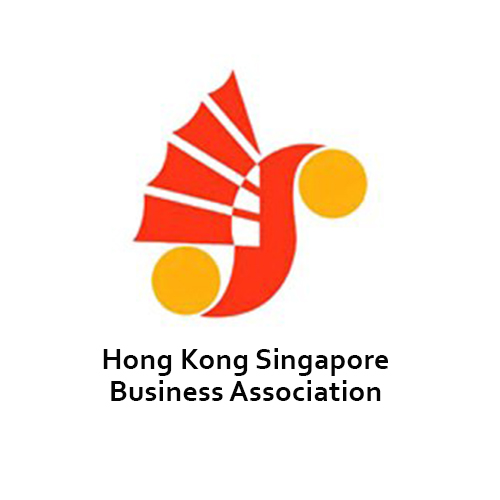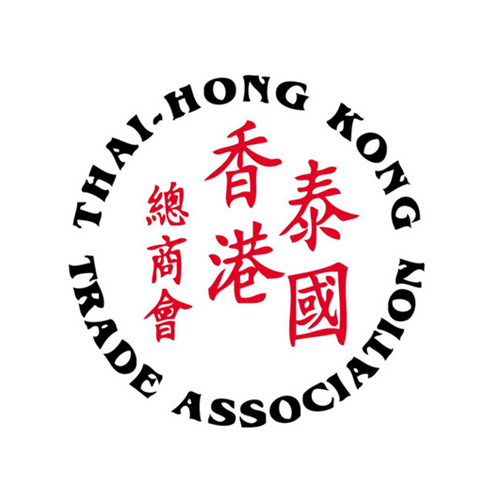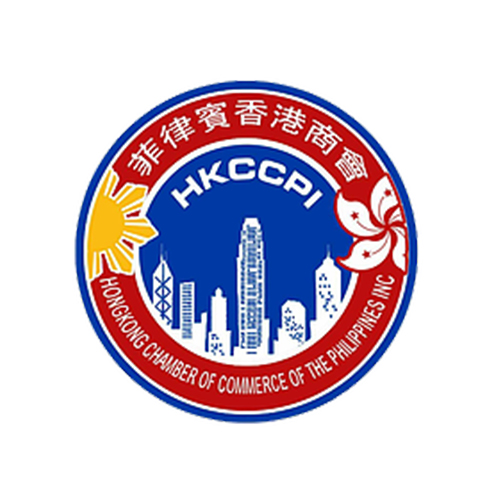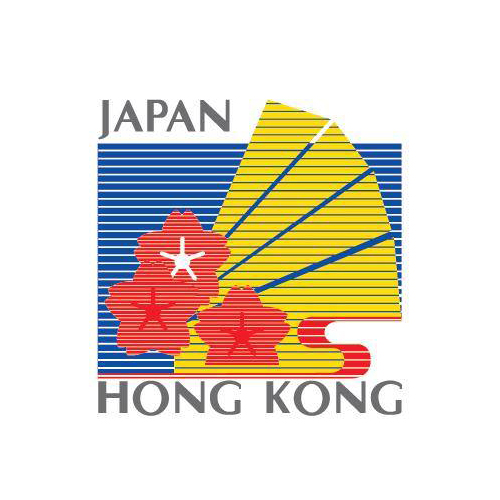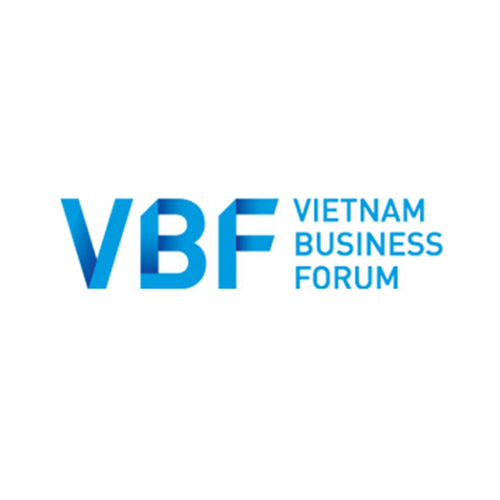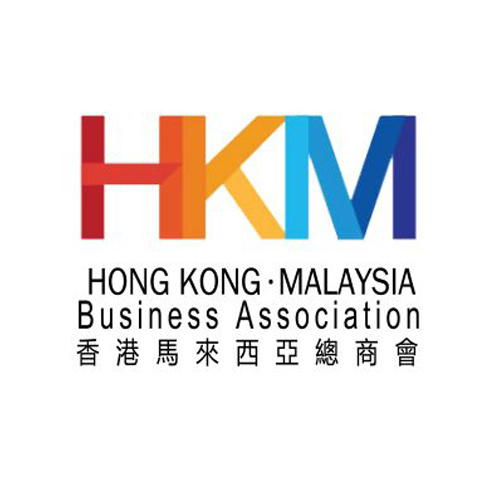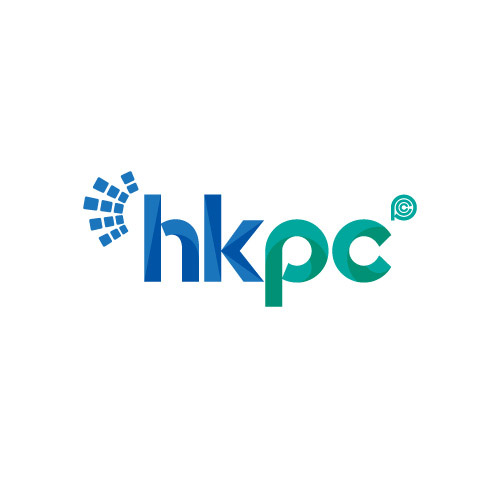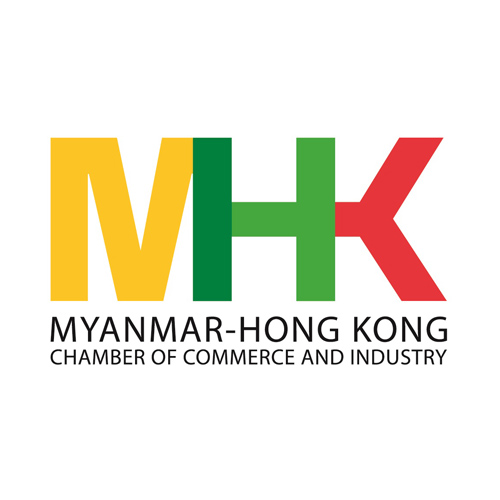Want to be in the loop?
subscribe to
our notification
Business News
HCM CITY PROMOTES KEY TRANSPORT PROJECTS
At a cost of nearly VNĐ3 trillion (US$133 million), the Thủ Thiêm 2 Bridge with a length of 1,465m and six lanes started construction in early 2015 and will be completed in April 2018 under build-transfer (BT) model. The bridge will link districts 1 and 2 in order to create development for the Thủ Thiêm Urban area and reduce traffic congestion.
In mid-2015, the municipal People’s Committee accepted to arrange 72 plots of land for resettling people who had been removed to build the connecting road between Võ Văn Kiệt Boulevard and HCM City – Trung Lương Highway Express in Tân Kiên Commune, Bình Chánh District. The project was started on October 2015 with investment of the first phase around VNĐ1.6 trillion ($71 million), excluding expenditure for ground clearance. The project was expected to be constructed within 20 months.
This road is expected to connect all transport to the highway with a fast road.
It also completes the city’s modern transport system through the city from Cát Lái intersection in Hà Nội Highway, beginning point of HCM City – Long Thành – Dầu Giây Highway Express, through East-West Highway (Võ Văn Kiệt Boulevard) and to HCM City - Trung Lương Highway Express.
The project creates a good connection through the southeast provinces – HCM City – Mekong Delta.
One of the intersections with the most traffic congestion is that of Southern Sài Gòn Boulevard, Nguyễn Văn Linh Boulevard and Nguyễn Hữu Thọ Street.
To cope with this congestion, the city authorities have agreed to invest VNĐ839 billion ($37.3 million) for the first phase of the project to ease traffic here. There will be two 480m tunnels built in the intersection.
After five years of delay, a flyover road Bình Tiên through Võ Văn Kiệt Boulevard and Tàu Hũ and Đôi canals, linking districts 6 and 8, was finally approved with total investment of VNĐ3.5 trillion ($155 million) during 2016-2020. The project was approved in 2010 but due to limitations of land compensation, it had been delayed.
The flyover road is expected to ease traffic congestion from downtown to southern Sài Gòn urban area when series of bridges, such as Nguyễn Tri Phương, Nguyễn Văn Cừ, Kênh Tẻ, Y, Chà Và, are overloaded.
Other transport projects, such as one more exit from Nguyễn Văn Cừ bridge to Võ Văn Kiệt Boulevard, were kicked off in 2016 to ease congestion from District 8 and Bình Chánh to District 5 and other downtown districts.
The project to link Phạm Văn Đồng street with the intersection of Gò Dưa and National Highway No 1 was also approved to complete Belt road No 2.
Despite the fact that many important transport projects had been kicked off, HCM City still faces difficulties in exchanging land to transport infrastructure construction.
Under regulation, HCM City must have a clean land fund to bid. Money from such bidding will be invested for transport infrastructure. However, due to limitations of capital, HCM City hasn’t been able to create its own clean land fund. Exploitation of land along new roads faces the same problem as local authorities do not have money for compensation.
Many enterprises are ready to pay money for land compensation, but the municipal authorities are not allowed to appoint them to exploit such lands and these clean lands must be bid.
“Such a legal frame work has restricted attracting social investment for transport,” Bùi Xuân Cường, director of the municipal Transport Department was quoted as saying in the Thời báo Kinh tế Việt Nam (Việt Nam Economic Times) newspaper.
There are so many other important transport infrastructure projects still waiting due to limitation of funds, land and an out-of-date legal framework, such as a VNĐ9.5 trillion ($422 milllion) project to expand national road No 22 to link HCM City and Tây Ninh province, rapid and green bus in Mai Chí Thọ and Võ Văn Kiệt boulevards, VNĐ1.75 trillion ($78 million) for underground parking plots in Lê Văn Tám Park, VNĐ740 billion ($33 million) underground parking in Trồng Đồng Theatre in District 3, and VNĐ3.2 trillion ($142 million) for Hoa Lư Stadium.
Source: VIR
Related News

CAR IMPORTS INCREASE 37.5 PER CENT IN 10 MONTHS
Việt Nam mainly imported cars from Indonesia, with 57,963 units imported so far this year (19,569 units higher than over the same period last year). Imports also came from Thailand, with 54,481 units (7,535 units higher than last year) and China, with 24,613 units (16,112 more than last year).
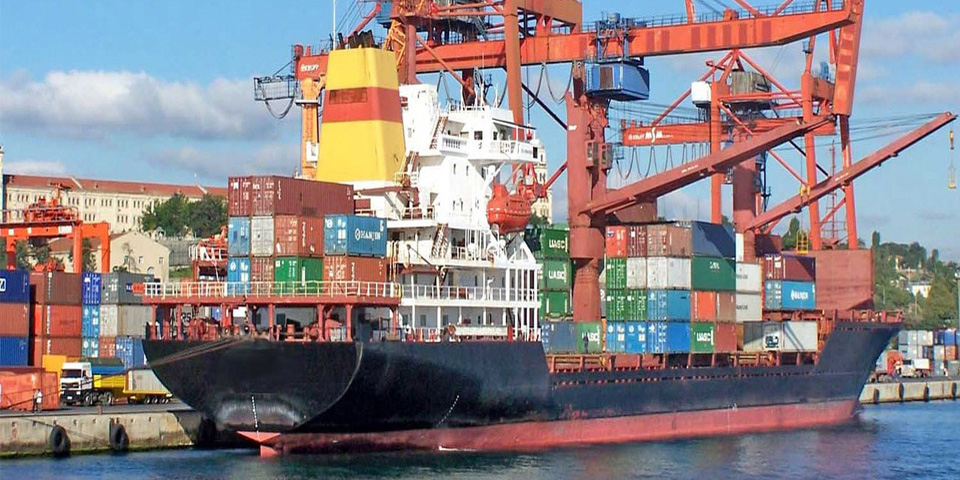
HAIPHONG TARGETS US$4 BILLION IN FDI FOR 2024
Haiphong recently approved 12 new projects in its economic and industrial zones, valued at a combined US$1.8 billion. This brings the total FDI in these zones to US$3.5 billion as of November, surpassing the city’s annual target by 40%.
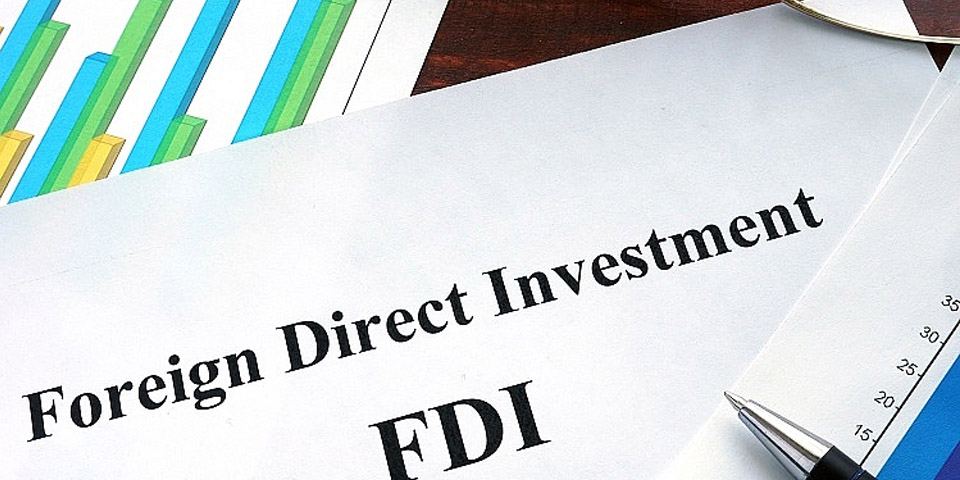
FOREIGN INVESTORS FLOCKING TO SOUTHERN REGION
Foreign investors are actively calling on southern localities in the final months of 2024 to explore investment opportunities. On November 7, over 40 German businesses arrived in the southern province of Dong Nai to evaluate investment prospects in the area.

IMPROVING THE EFFECTIVENESS OF SOCIAL POLICY CREDIT
Following a decade of implementation, social policy credit is expected to enter a new phase of development to achieve higher efficiency for the sake of society and the community. On behalf of the Party Central Secretariat, on October 30, Standing Member of the Party Secretariat Tran Cam Tu signed a directive to improve the efficiency of social policy credit.
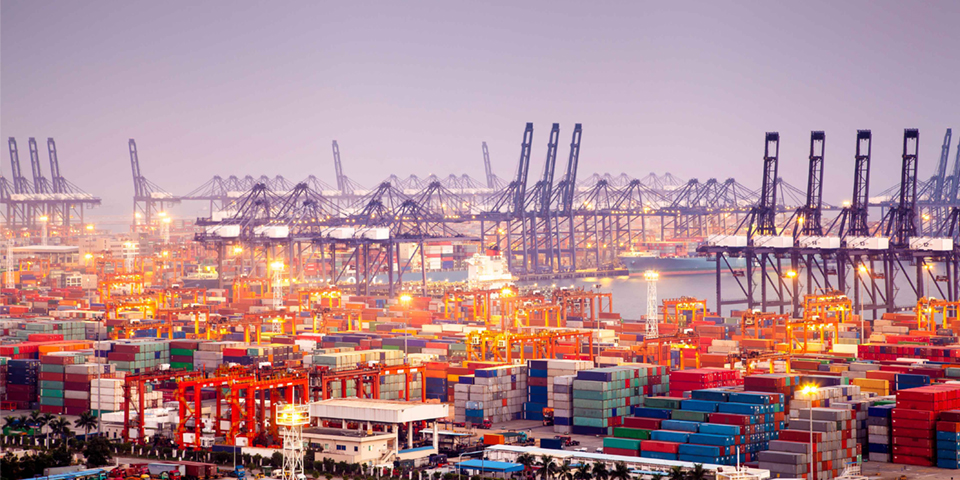
VIETNAMESE ENTERPRISES GRAPPLE WITH CHALLENGES IN Q3
In many sectors, businesses acknowledged that simply breaking even was an accomplishment this year. A prominent example is Nam Sông Hậu Trading Investment Petroleum JSC, once a leading fuel distributor in the Mekong Delta.

GLOBAL SOURCING FAIR VIETNAM 2025
Global Sourcing Fair Vietnam 2025, held from 24-26 April at the Saigon Exhibition & Convention Center (SECC), Ho Chi Minh City, is the must-attend international expo for sourcing Fashion & Accessories and Home & Gifts
